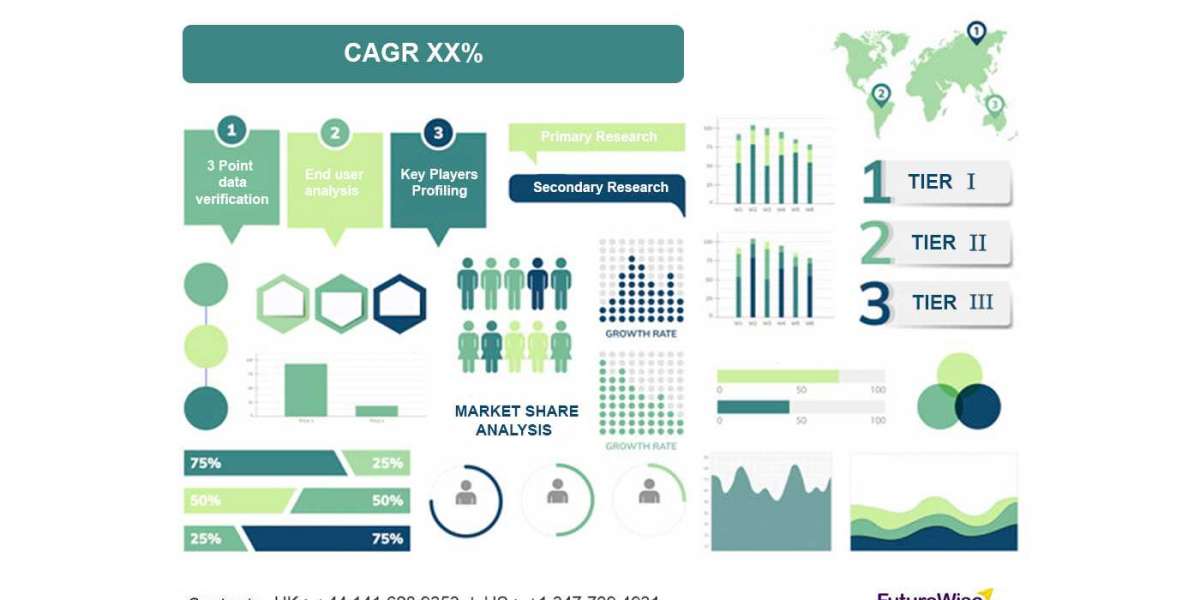Introduction
In today's digital age, where financial transactions are increasingly conducted online, the need for robust anti-money laundering (AML) regulations has never been more important. As technology continues to advance, criminals are finding new ways to exploit the financial system for illicit purposes. This article explores the evolution of AML regulations and how they have adapted to address the challenges posed by the digital age.
The Importance of AML Regulations
Money laundering is a serious crime that involves disguising the origins of illicitly obtained funds to make them appear legal. It is a key enabler of other criminal activities, such as drug trafficking, terrorism financing, and corruption. AML regulations play a crucial role in preventing and detecting money laundering activities, protecting the integrity of the financial system, and safeguarding the interests of businesses and individuals.
The Traditional Approach to AML Regulations
In the past, AML regulations primarily focused on banks and other financial institutions. These institutions were required to implement customer due diligence measures, report suspicious transactions, and maintain records of financial activities. While these regulations were effective to some extent, they did not fully address the evolving nature of money laundering in the digital age.
Adapting to the Digital Age
With the rise of digital financial services, such as online banking, cryptocurrency, and peer-to-peer payment platforms, AML regulations needed to evolve to keep pace with technological advancements. Regulators recognized the need to expand the scope of AML regulations to cover these emerging technologies and the risks associated with them.
The Role of Technology in AML
Technology has played a crucial role in enhancing AML efforts. Advanced data analytics, artificial intelligence, and machine learning algorithms are now being used to analyze vast amounts of financial data and identify patterns that may indicate money laundering activities. These technologies enable financial institutions to detect suspicious transactions in real-time and take appropriate action.
Collaboration and Information Sharing
In the digital age, money laundering knows no borders. Criminals can easily move funds across different jurisdictions, making it challenging for individual countries to combat money laundering effectively. To address this issue, international collaboration and information sharing have become essential. Regulators and financial institutions are now working together to share intelligence and coordinate efforts to combat money laundering on a global scale.
The Future of AML Regulations
As technology continues to advance, AML regulations will need to adapt further. Regulators will need to stay ahead of emerging trends and technologies to effectively combat money laundering in the digital age. This may involve implementing stricter regulations, fostering greater collaboration between public and private sectors, and harnessing the power of emerging technologies, such as blockchain, to enhance transparency and traceability in financial transactions.
Conclusion
The evolution of AML regulations in the digital age is an ongoing process. As criminals become more sophisticated in their methods, regulators and financial institutions must remain vigilant and proactive in their efforts to combat money laundering. By embracing emerging technologies, fostering collaboration, and continuously adapting regulations, we can create a safer and more secure financial system for all.
To learn more about AML regulations and their impact on the financial industry, visit fincenreporting.com.








